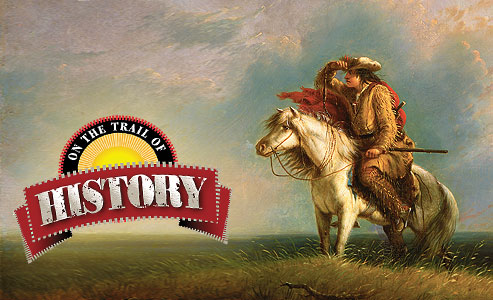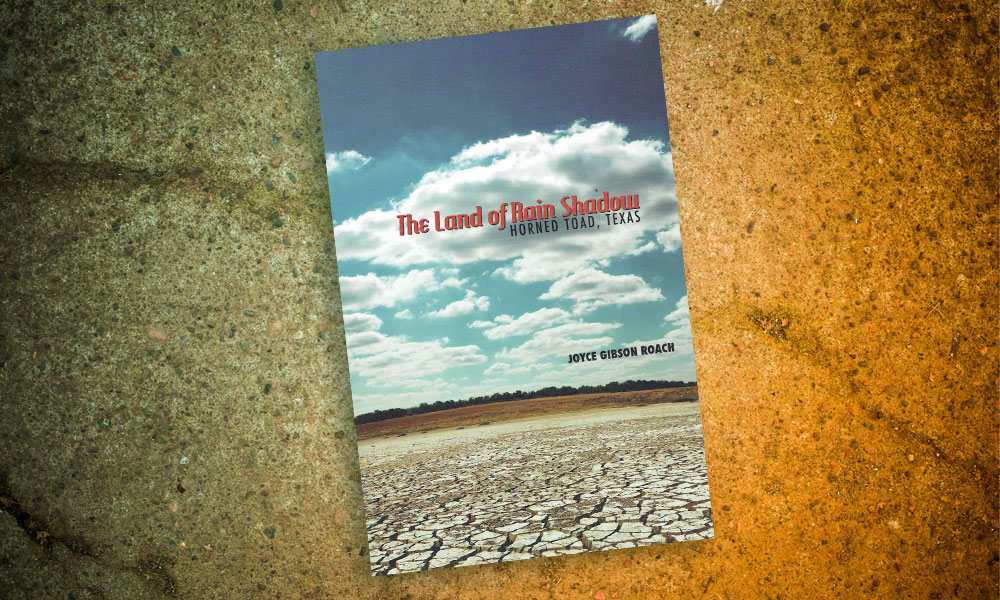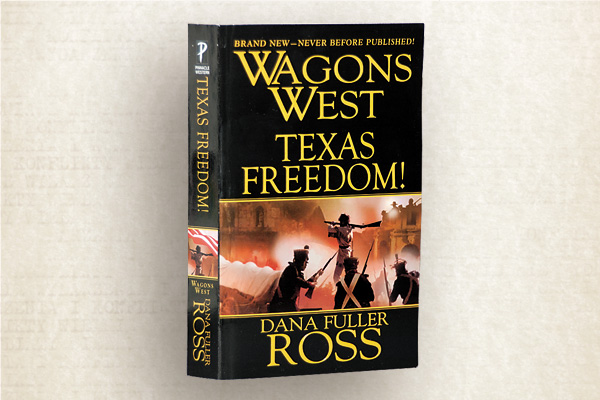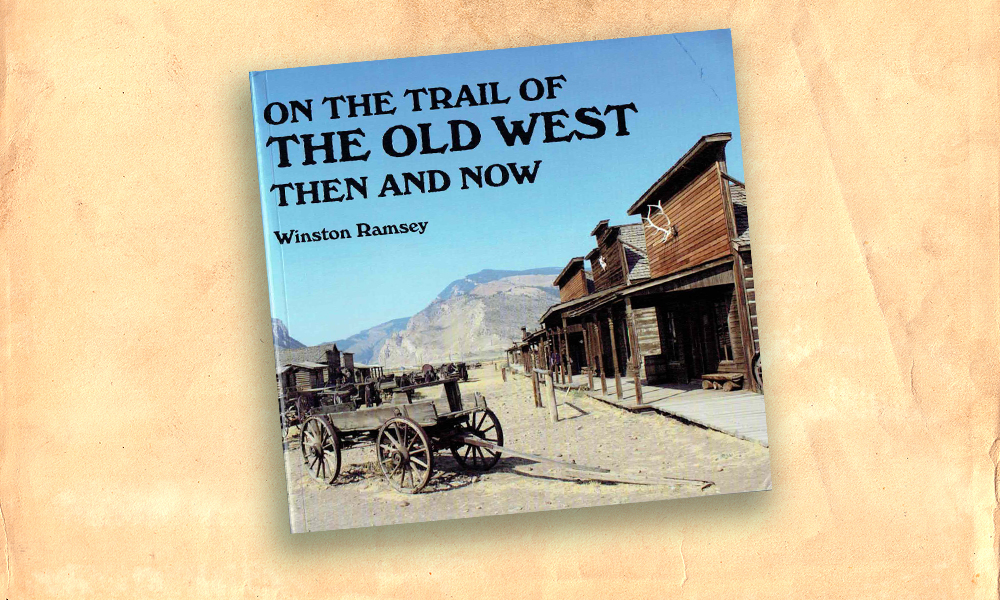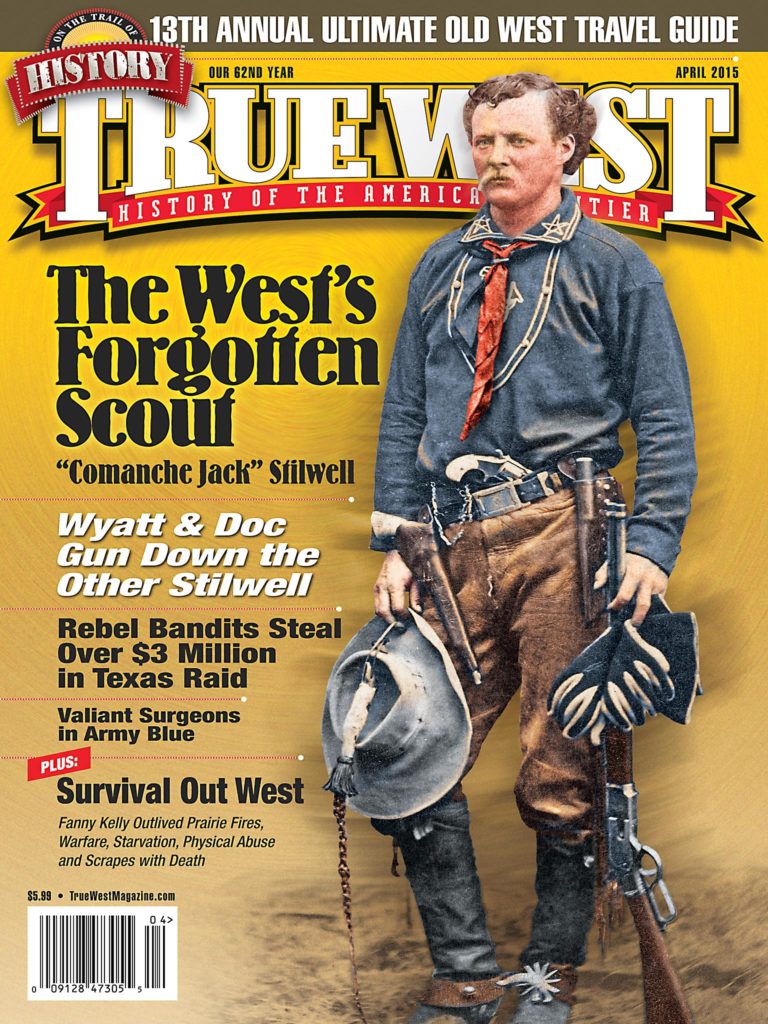The Texas Rangers
History is revealed in the boot prints of the Lone Star Stateís famous lawmen.
By Mike Cox
A logical starting place in search of Ranger history: Waco, Texas. Located astride Interstate 35 near the center of the state, Waco is home to the Texas Ranger Museum and Hall of Fame. The complex stands about where Fort Fisher, a Republic of Texas-era Ranger outpost, once protected settlers along the upper Brazos River.
Opened in 1973, the year the Rangers marked their 150th anniversary, the museum has continued to expand both in floor space and in the extent of its artifact collection—from well-used six-guns to silver “star-in-a-wheel” badges and more. In addition to the permanent displays and changing exhibits illustrating the evolution of the Rangers from 1823 to the present, the museum’s Moody Library also houses extensive archival material.
Adjacent to the museum is Oakwood Cemetery, one of Waco’s oldest. Here lies the grave of Lawrence Sullivan “Sul” Ross, governor of Texas from 1886 to 1891. As a young man, he served as a Ranger captain. In 1860, Ross and his men rescued Cynthia Ann Parker, one of the more famous Indian captives in Western history.
To pursue that story, go east from Waco to near Groesbeck and a 78-year-old replica of Fort Parker, a key place in Ranger history. Here, not a month after Texas assured its disconnect from Mexico when Sam Houston defeated Gen. Antonio Lopez de Santa Anna in the Battle of San Jacinto, an event took place that underscored the need for a permanent Ranger force.
On the morning of May 19, 1836, a large Comanche war party attacked the log stockade. The warriors killed five members of the Parker clan and abducted two women and three children. One of them was little Cynthia Ann, later found by Capt. Ross and his Rangers in what is now Hardeman County. By then, she had been assimilated into the tribe and was married to Chief Peta Nacona. Their son, Quanah, became the last great chief of the Comanches.
After touring Fort Parker, turn south and travel to Stephen F. Austin State Site, near Bellview. The park sits on the site of the town of San Felipe, the first Anglo-American municipality in Texas. Here, or near here, Stephen F. Austin penned a document in 1823 proposing to hire 10 men “for the common defense” to protect the 300 families in his charge from Indians.
Also at San Felipe, with Texas on the verge of revolution against Mexico, members making up what they called a Permanent Council voted in the fall of 1835 for an ordinance creating a provisional government and calling for “a corps of rangers.” The ordinance marked the beginning of the Rangers’ transition from militia-like volunteers to an arm of government.
From Austin County, head to the small community of Burton to see the grave of Capt. Leander McNelly. Following service in the Confederate army, McNelly became a Ranger captain whose exploits in South Texas and along the border in the 1870s went a long way toward furthering the Ranger legend.
From Burton, set your GPS for downtown Round Rock in Williamson County. In the summer of 1878, the town was just a sleepy railroad stop 17 miles north of Austin. Outlaw Sam Bass and his gang figured the bank there would be an easy mark, but they didn’t take into account the investigative and coordinative skills of Ranger Maj. John B. Jones.
The major went to Round Rock with a Ranger force to prevent the robbery from happening. In a running gun battle on July 19, 1878, that began when Bass shot and killed a Williamson County sheriff’s deputy (and ex-Ranger) who tried to arrest him for openly carrying a pistol, one of Bass’s men died outright and Bass caught a Ranger bullet that claimed his life a day later.
In Round Rock’s cemetery are the graves of Bass and his fellow outlaw Seaborn Barnes, along with that of A.J. Grimes, the young former Ranger killed by Bass before a Ranger shot him down.
The next stop is Austin, home to the Bob Bullock Texas History Museum and, among many other attractions, the Texas State Cemetery. Stephen F. Austin is buried there under an elaborate monument.
The 1857 cemetery is the final resting place of 29 Rangers. A new visitors’ center at Texas’s “Arlington,” provides a history of the historic acreage. Outside Austin in Travis County is the private Hornsby Cemetery, where 18 former Rangers are buried.
The journey to uncover the Rangers’ past continues to San Antonio, 75 miles south of Austin, on I-35, much of which tracks an old road blazed by Rangers during the days of the Republic.
On the way to San Antonio, stop at the courthouse square in San Marcos to see a life-size bronze statue of Ranger Capt. John Coffee Hays by noted Texas sculptor Jason Scull. The Ranger justifiably credited with starting the Ranger legend, Hays was the namesake of the county. Today, revolver in hand and another holstered on his belt, his metal likeness sits perpetually on a horse with its ears back and nostrils flared.
Most people don’t associate San Antonio’s most famous landmark—the iconic Alamo—with the Texas Rangers. But when co-commander William B. Travis sent a letter from behind the walls of the besieged mission seeking help, 32 Rangers from Gonzales answered the call. When the old mission fell in the predawn hours of March 6, 1836, the Rangers—along with the rest of the garrison—died to the last man.
Across Alamo Plaza from the historic battle site is the 1859-vintage Menger Hotel and the nearby Buckhorn Saloon. The historic watering hole includes a Ranger museum operated by the Former Texas Rangers Association. One of many Ranger-associated weapons in the museum is a mesquite-scarred .30-.30 rifle carried in the saddle of famed Ranger Capt. John R. Hughes. (The captain is one of the Rangers buried in the State Cemetery.)
After enjoying the Alamo City, drive west to the old German town of Frederickburg. On the edge of town, adjacent to the site of Fort Martin Scott, the Former Texas Rangers Association is building a Texas Rangers Heritage Center. The center will feature a Ranger Ring of Honor, dedicated to all the Rangers who have died in the line of duty over the years, as well as an education center and archive.
Sixteen miles north of Fredericksburg at Enchanted Rock State Park towers the huge granite mountain where in the early 1840s Jack Hays held off a band of Comanches with his Colt five-shot revolver until other Rangers arrived to save his scalp.
Circle back through Fredericksburg for a 30-minute drive to the small town of Comfort. Near here is the Center Point Cemetery, where 33 former Rangers lay buried. A state historical marker notes that the rural graveyard has more Ranger graves than any other cemetery in the state.
From Center Point, drive to Sisterdale. Near there, along Walker’s Creek on June 8, 1844, Capt. Hays and his Rangers encountered a force of Comanches four times their number. The Rangers all packed the new Colt revolvers, and Hays and his men prevailed in a battle now considered a turning point in the history of the Old West.
William Alexander “Bigfoot” Wallace missed that fight, but he rode with Hays. A giant of a man, Wallace became one of Texas’s more colorful frontier characters. He spent the last years of his long life in Frio County. The small community of Big Foot runs a museum dedicated to the celebrated Ranger.
It’s an easy drive from Big Foot to Floresville in Wilson County, which has the distinction of being the birthplace of several notable Texas Rangers, including Captains Will Wright and Frank Hamer, who would earn lasting fame as the lawman who tracked down Clyde Barrow and Bonnie Parker.
Go back to San Antonio and get a good night’s sleep for a side trip to far West Texas. You can rest well, knowing that Texas still has 150 Rangers—a division of the Texas Department of Public Safety since 1935 —helping to maintain law and order in the Lone Star State.
Detour
El Paso is nearly 600 miles west of San Antonio, and in the 19th and early 20th centuries, it seemed even farther from the rule of law. From the bloody El Paso Salt War in 1874 to the violent days of the Mexican Revolution, this city has been tough on Texas Rangers. More Rangers have died in the line of duty in or near the City of the Pass than in any other city in the state.
Several Rangers are buried in the city’s Concordia Cemetery, along with outlaw John Wesley Hardin. One of many men Hardin killed during his career was Brown County sheriff’s deputy Charles Webb, a former Texas Ranger. El Paso constable John Selman gunned down Hardin in one of the wild town’s saloons in 1895.
Visit the El Paso Museum of History for an overview of the city’s rich past, one inextricably linked to the Texas Rangers.
Side Roads
Places to Visit: Texas Ranger Museum and Hall of Fame, Waco • Fort Parker State Park, Mexia • Stephen F. Austin State Park, San Felipe • Burton Railroad Depot and Museum, Burton • Bullock Texas State History Museum, Austin • The Alamo, San Antonio • Fort Martin Scott, Fredericksburg • Enchanted Rock State Natural Area, Fredericksburg • El Paso Museum of History, El Paso • Concordia Cemetery, El Paso.
Celebrations & Events: Frontier Days, every July, Round Rock • Silver Stars and Six-guns, Former Texas Rangers Association Gala, October 10, San Marcos • Texas Rangers Reunion, every May, Fredericksburg • The Parker Family Reunion, every July • Viva El Paso! Four Centuries. Four Cultures. One City, every June, El Paso • Texas Independence Day Celebration, every March 2, Washington-on-the-Brazos State Park.
Good Eats, Sleeps and Reads
Good Grub: Kreuz Market (Lockhart) • Mi Tierra (San Antonio) • Threadgill’s (Austin).
Good Lodging: The Menger Hotel and Buckhorn Saloon, (San Antonio) • The Hangar Hotel, (Fredericksburg) • The Camino Real Hotel, (El Paso).
Good Reads: The Texas Rangers: Wearing the Cinco Peso, 1821-1900, by Mike Cox • Lone Star Justice by Robert Utley • The Texas Rangers: A Century of Frontier Defense by Walter Prescott Webb.
Mike Cox is the author of 23 nonfiction books including The Texas Rangers: Wearing the Cinco Peso, 1821-1900 and The Time of the Rangers: The Texas Rangers, 1900 to Present.

